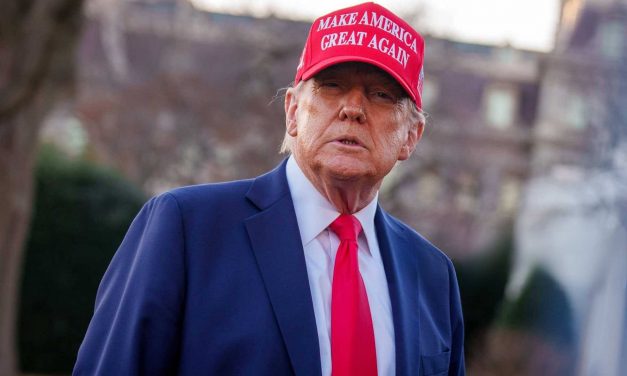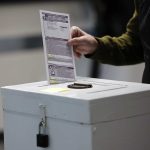No badges or warrants: How unidentified masked men are kidnapping people off U.S. streets with impunity
Federal agents in unmarked uniforms, wearing face coverings and offering no visible form of identification, are detaining civilians in American cities under legal justifications that do not withstand constitutional scrutiny. These operations, increasingly common in urban areas, involve masked men seizing individuals in public without presenting judicial warrants, identifying their agency, or explaining the legal basis for the stop. While officials cite administrative warrants or unspecified authority, their refusal to identify themselves and failure to follow procedural norms strips these detentions of legitimacy. In principle, anyone claiming to act under federal authority must be able to prove that authority...
Read More














